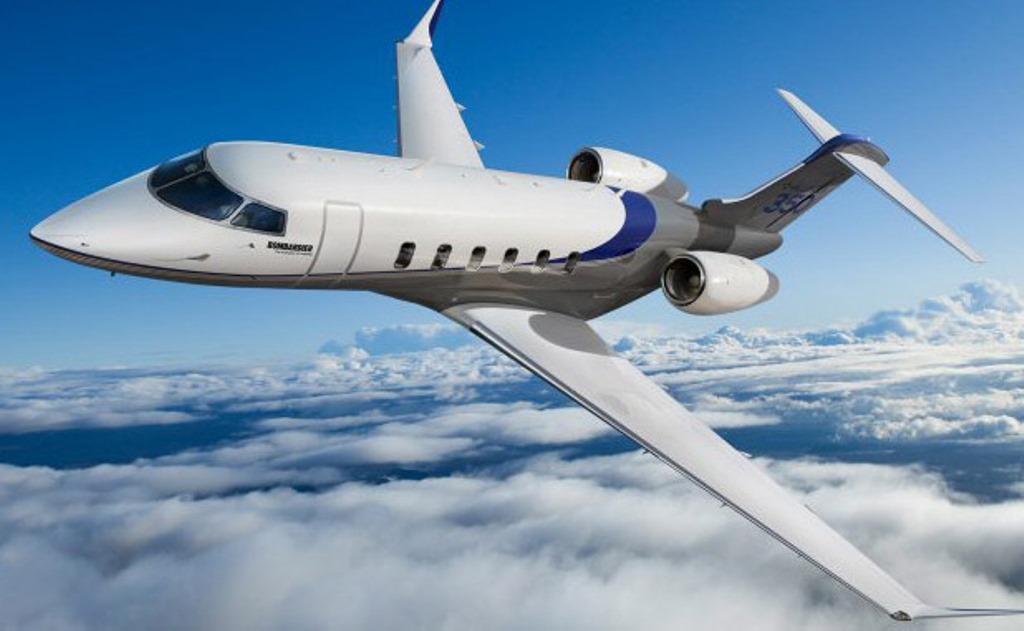
In the wake of the COVID-19 pandemic, business jet deliveries in 2020 could drop anywhere from 12.5% to as much as 40-50% compared to last year, with recovery unlikely before 2023, according to a new forecast by JetNet IQ.
Jefferies analysts expect a decline of about 20% this year, while J.P. Morgan analysts forecast deliveries to decline about 37% year-over-year.
The coronavirus could potentially disrupt the supply chain for manufacturers and work to change the mix of business aircraft in demand as companies decide to put more of their employees on private jets as an alternative to the airlines, said Rolland Vincent, an aviation consultant and director of JetNet IQ.
“The COVID-19 crisis is already the most fundamental shock–the black swan of swans–to ever get sucked into the engine of aviation,” Vincent said. The pandemic is expected to trigger a global recession and bring an end to business aviation’s “long, slow and unsteady recovery following 2008.”
While he does not have a “sky is falling” outlook, “this is a shock, and we’re going to feel it. Probably six months of net orders is going bye-bye here,” Vincent said.
But by the end of 2020, there will be signs of sales returning, he predicts.
Manufacturers will now have “white tails”–or aircraft without buyers–on their production lines. “And buyers know that,” Vincent said. “We are going to have some amazing deals that OEMs are prepared to do. They need to move stuff. They need cash flow. We’ll see some very impressive deals from a buyer’s point of view.”
In addition, he expects buyers to want more cabin space to send a broader range of employees on travel by private aircraft rather than opt for the airlines. On the flip side, there may be less demand for long-range business jets for international travel.
“I think there’s going to be leakage to the middle–I like Longitude. I like Latitude, Challenger 350, Praeter 600. I think these are going to be more attractive,” Vincent said.
Vincent also predicts a change in marketing, with more emphasis on safety and security and more hesitancy about being in public.
The virus could also put pressure on manufacturers that share a supply chain with commercial manufacturers, such as Airbus and Boeing, Seth Seifman, J.P. Morgan analyst, wrote in a note to investors.
“These suppliers might come under financial stress, but they may also be eligible for government support, as might OEMs themselves,” Seifman wrote.
Vincent has run a number of scenarios to gauge the potential impact of the COVID-19 pandemic on new business jet deliveries.
The fundamental drivers of business jet sales–gross domestic product, stock market, oil prices, corporate profits, wealth creation, international trade, capital investment and consumer confidence–have “basically tanked,” he said. Business leaders and investors are focused on capital preservation and not new aircraft.
On the supply side, while business jets may come with “alluring” prices, trade-in values are down, which discourage sales, Vincent said. And “air travel restrictions, supply chain and production disruptions and factory furloughs are already widespread and set to worsen as the full force of COVID-19 pummels life in the national economies vital to civil aerospace production,” he said. That includes the U.S., Canada, Brazil, Mexico, the UK, France, Germany, Italy, Switzerland, Japan and others.
Textron Aviation, Bombardier and Embraer have already put temporary furloughs in place in their factories.
At the end of 2019 before the pandemic, Vincent projected manufacturers to deliver 730 business jets in 2020, about flat from 726 shipments in 2019. He now projects deliveries of 630 this year in a best-case scenario and 377 in a worst-case scenario. He forecasts 2021 and 2022 deliveries of about 600 business jets, increasing to 615 in 2023, 623 in 2024 and 646 in 2025.
J.P. Morgan analysts forecast deliveries of 425 business jets this year before increasing 35-40% in 2021 to about 585 aircraft, still 10-15% below 2019 deliveries.
For the 10 years from 2020 to 2029, Vincent revised projections from a forecast of 7,180 business jet deliveries to about 6,700, down about 500 aircraft. (The forecast does not include Cirrus jets in the personal jet category.) Of the total, he projects 28.8% of deliveries in the small jet category, 29.6% medium jets and 41.6% large jets.



